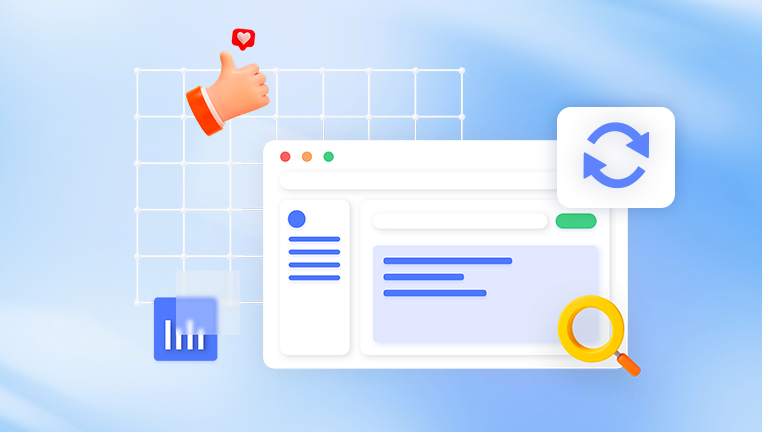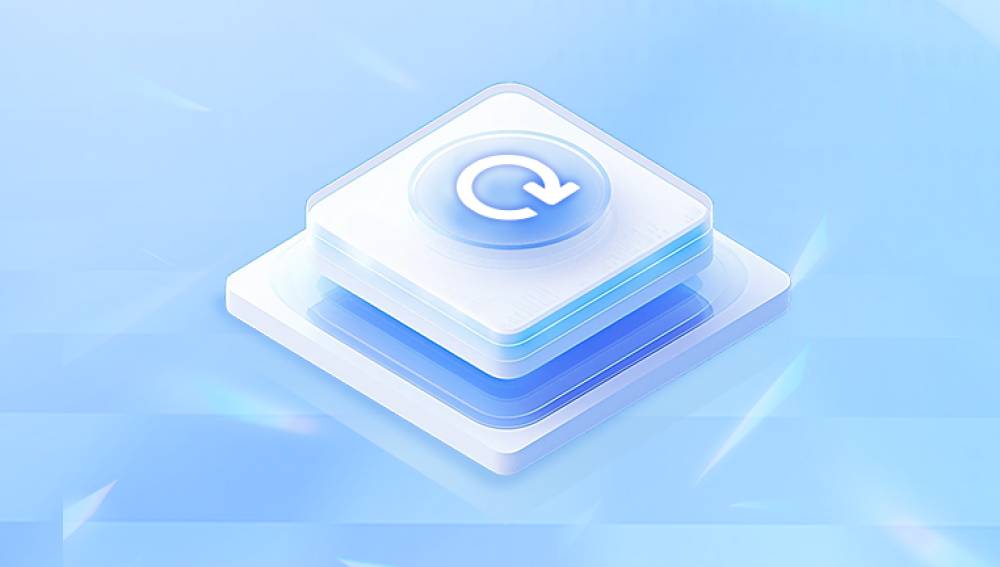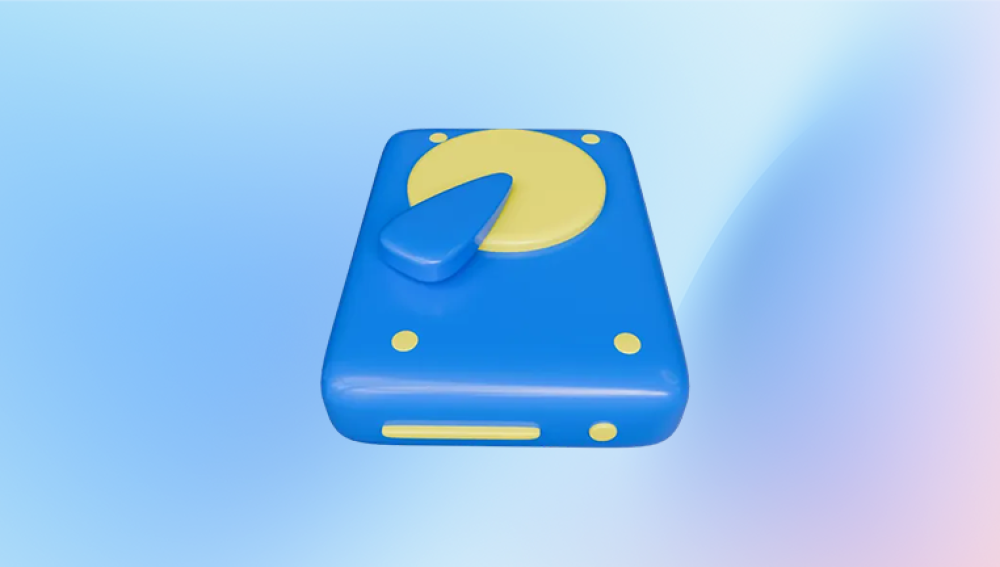Transferring files from an old computer to a new one can be a straightforward process if you plan ahead.
1. Preparation
Before you start transferring files, there are a few things you should do to prepare:
Backup Data: Ensure that all your important files are backed up. This can be done using an external hard drive, cloud storage, or a combination of both. This backup serves as a safety net in case something goes wrong during the transfer process.
Clean Up: Organize your files by deleting anything you no longer need. This will make the transfer process smoother and reduce the amount of data you need to move.
Check Compatibility: Verify that the new computer supports all the file types and software you use. If necessary, update or install compatible software on the new system.

2. Transferring Files Using an External Hard Drive
Using an external hard drive is one of the most common methods for transferring files. Here's how you can do it:
Step-by-Step Guide:
Connect External Hard Drive to Old Computer:
Plug the external hard drive into the USB port of your old computer.
Wait for the computer to recognize the drive.
Copy Files:
Open File Explorer (Windows) or Finder (Mac).
Locate the files and folders you want to transfer.
Copy them by selecting them, right-clicking, and choosing ‘Copy’ or using the keyboard shortcut Ctrl+C (Windows) or Command+C (Mac).
Paste Files to External Hard Drive:
Navigate to the external hard drive in File Explorer or Finder.
Right-click inside the drive’s window and choose ‘Paste’ or use the keyboard shortcut Ctrl+V (Windows) or Command+V (Mac).
Wait for the files to copy.
Disconnect and Connect to New Computer:
Safely eject the external hard drive from the old computer.
Connect the external hard drive to your new computer.
Open the drive and copy the files to the appropriate locations on the new computer.
Considerations:
Ensure that the external hard drive has enough capacity to hold all your files.
For large transfers, it might take some time, so be patient.
3. Using a Network Connection
If both computers are connected to the same network, you can transfer files over Wi-Fi or Ethernet.
Step-by-Step Guide:
Enable File Sharing on Old Computer:
On Windows, go to ‘Control Panel’ > ‘Network and Sharing Center’ > ‘Advanced sharing settings.’ Turn on file and printer sharing.
On Mac, go to ‘System Preferences’ > ‘Sharing’ and check the ‘File Sharing’ box.
Share Files and Folders:
On Windows, right-click the files or folders you want to share, choose ‘Properties,’ go to the ‘Sharing’ tab, and click ‘Share.’
On Mac, select the folder you want to share, click the ‘+’ button under ‘Shared Folders,’ and set the permissions.
Access Shared Files from New Computer:
On Windows, open File Explorer and select ‘Network’ from the sidebar. Locate the old computer’s name and access the shared folders.
On Mac, open Finder, click ‘Go’ > ‘Connect to Server,’ and enter the old computer’s IP address or name.
Copy Files to New Computer:
Drag and drop the files from the shared folder to your new computer.
Considerations:
Transfer speed may vary depending on your network’s speed.
Ensure both computers are on the same network and have proper sharing permissions.
4. Using a Direct Cable Connection
You can use a special data transfer cable designed for connecting two computers directly.
Step-by-Step Guide:
Connect the Cable:
Plug one end of the data transfer cable into the old computer and the other end into the new computer.
Install Transfer Software:
Most data transfer cables come with software that you need to install on both computers. Follow the instructions provided with the cable.
Transfer Files:
Open the transfer software and follow the prompts to select the files you want to move and start the transfer process.
Considerations:
Make sure to use a data transfer cable, not just a standard USB cable, as the latter may not work for this purpose.
Data transfer cables typically come with specific software and instructions, so follow them carefully.
5. Using Cloud Storage
Cloud storage services such as Google Drive, Dropbox, and OneDrive provide an easy way to transfer files without physical media.
Step-by-Step Guide:
Upload Files to Cloud Storage:
Log in to your cloud storage account on your old computer.
Upload the files you want to transfer by dragging them into the cloud storage interface or using the upload button.
Access Files from New Computer:
Log in to the same cloud storage account on your new computer.
Download the files to your new computer or access them directly from the cloud.
Considerations:
Uploading and downloading files may be time-consuming, especially for large amounts of data.
Ensure you have sufficient cloud storage space for all your files.
6. Using Migration Tools
Many operating systems come with built-in migration tools designed to make the transfer process easier.
Windows Migration Tool:
Use Windows Easy Transfer (Windows 7/8) or PCmover (Windows 10/11):
Download and install the appropriate migration tool.
Follow the on-screen instructions to transfer files and settings from the old computer to the new one.
Mac Migration Assistant:
Use Migration Assistant:
On the new Mac, open Migration Assistant (found in Applications > Utilities).
Choose ‘From a Mac, Time Machine backup, or startup disk’ and follow the instructions.
On the old Mac, open Migration Assistant and follow the prompts to transfer data.
Considerations:
Migration tools are convenient but may not always transfer all settings and applications perfectly.
Ensure both computers are connected to the same network for the transfer to work smoothly.
7. Transferring Applications
Applications can be trickier to transfer than files. Many applications will need to be reinstalled on the new computer.
Step-by-Step Guide:
Check for Installation Media or Download Links:
Locate the installation files or download links for your applications.
Install Applications on New Computer:
Follow the installation instructions for each application on your new computer.
Re-enter any license keys or activation codes if required.
Considerations:
Some applications may not be compatible with the new computer’s operating system.
Check for updates or newer versions of applications that may be available.
8. Transferring Email and Contacts
If you use an email client like Outlook or Thunderbird, you’ll need to transfer your email and contact information.
Outlook:
Export Data:
Open Outlook on your old computer.
Go to ‘File’ > ‘Open & Export’ > ‘Import/Export’ and select ‘Export to a file.’
Choose ‘Outlook Data File (.pst)’ and export your emails and contacts.
Import Data:
Open Outlook on your new computer.
Go to ‘File’ > ‘Open & Export’ > ‘Import/Export’ and select ‘Import from another program or file.’
Choose ‘Outlook Data File (.pst)’ and import your data.
Considerations:
Ensure that you have exported and imported all necessary data, including emails, contacts, and calendar events.
9. Troubleshooting
Here are a few common issues you might encounter and how to resolve them:
File Transfer Errors: Ensure that the external drive or network connection is functioning correctly. Check for any error messages and troubleshoot accordingly.
Incompatible Software: If some applications are not compatible with the new computer, look for updates or alternative software solutions.
Slow Transfer Speeds: This can happen with large files or slow network connections. Consider using a wired connection or a faster external drive.




